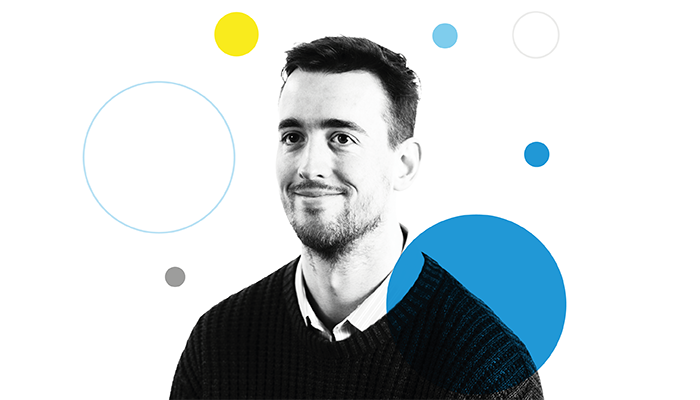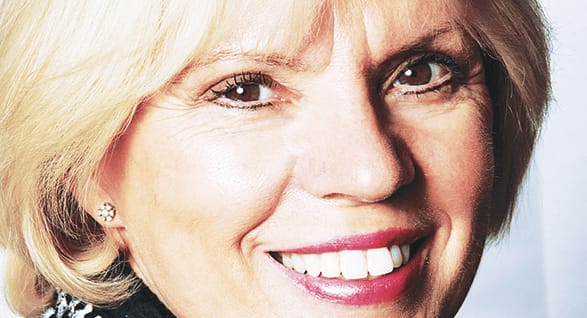
I’ve had several conversations about innovation recently, and I’ve noticed a theme emerging. Chris Enke co-invented the triple quadrupole mass spectrometer in the 1970s – but he wasn’t a mass spectrometrist. Similarly, Lloyd Smith, who developed the first automated DNA sequencer used in the Human Genome Project, had little sequencing experience. Another example: Fran Ligler, engineer, biosensor pioneer, and National Inventors Hall of Fame Awardee, has a policy where every five years she tries to “figure out what’s the most exciting thing going on in science or engineering and put a foot in that door.”
Do these examples simply demonstrate that brilliant people do brilliant things wherever they turn their talents? Perhaps. But Gary Patti thinks there’s real scientific benefit to exploring new terrain – he likens it to hearing an unfamiliar language. He says: “When you enter a new field for the first time, your perspective is completely different to someone who can already ‘speak the language.’ You hear the melody and the rhythm without understanding the words.”
There are plenty of areas ripe for new thinking in analytical science. For example, this month’s cover feature explores the characterization challenges in the flourishing field of nucleic acid-based therapies, where “new methods are required,” as Thermo’s Ken Cook puts it.
Any takers?
Perhaps we all need to consider stepping outside our comfort zone and turning our ears to the melody of the unfamiliar.
You can check out the rest of The Analytical Scientist’s September/October issue by downloading the issue PDF here.




